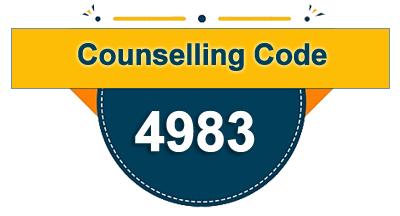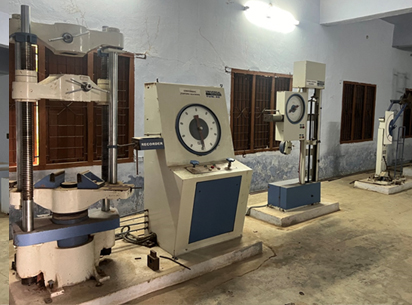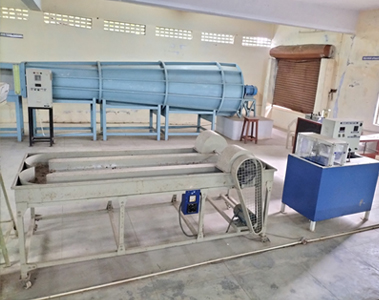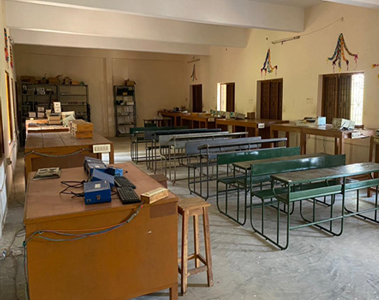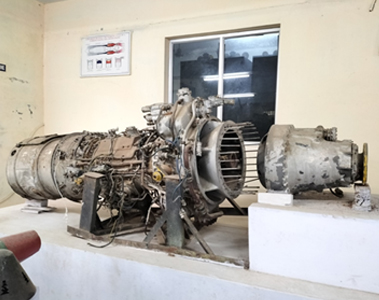The department has well contended labs, excellent infrastructure and dedicated team of faculty members to impart practical knowledge to the students in better way. It as simulates all the facilities and equipment’s that inculcate modern trends and application of Aeronautical Engineering to the students. The laboratories of Aeronautical Engineering are established covering various areas of Airframe Structure, Aircraft Engine, Wind tunnel , Propulsion, fluid mechanics, solid mechanics, dynamics, combustion, vibration, design, Aircraft modeling and simulation.
Laboratory
- Engineering Practices Laboratory
- Thermodynamics and Strength of Materials Laboratory
- Fluid Mechanics and Machinery Laboratory
- Aerodynamics Laboratory
- Propulsion Laboratory
- Aircraft Structures Laboratory
- CAD Laboratory
- Flight Training / Flight Simulation Laboratory
- Aero Engine and Airframe Laboratory
- Aircraft Systems Laboratory
- Computational Analysis Laboratory
.png)

